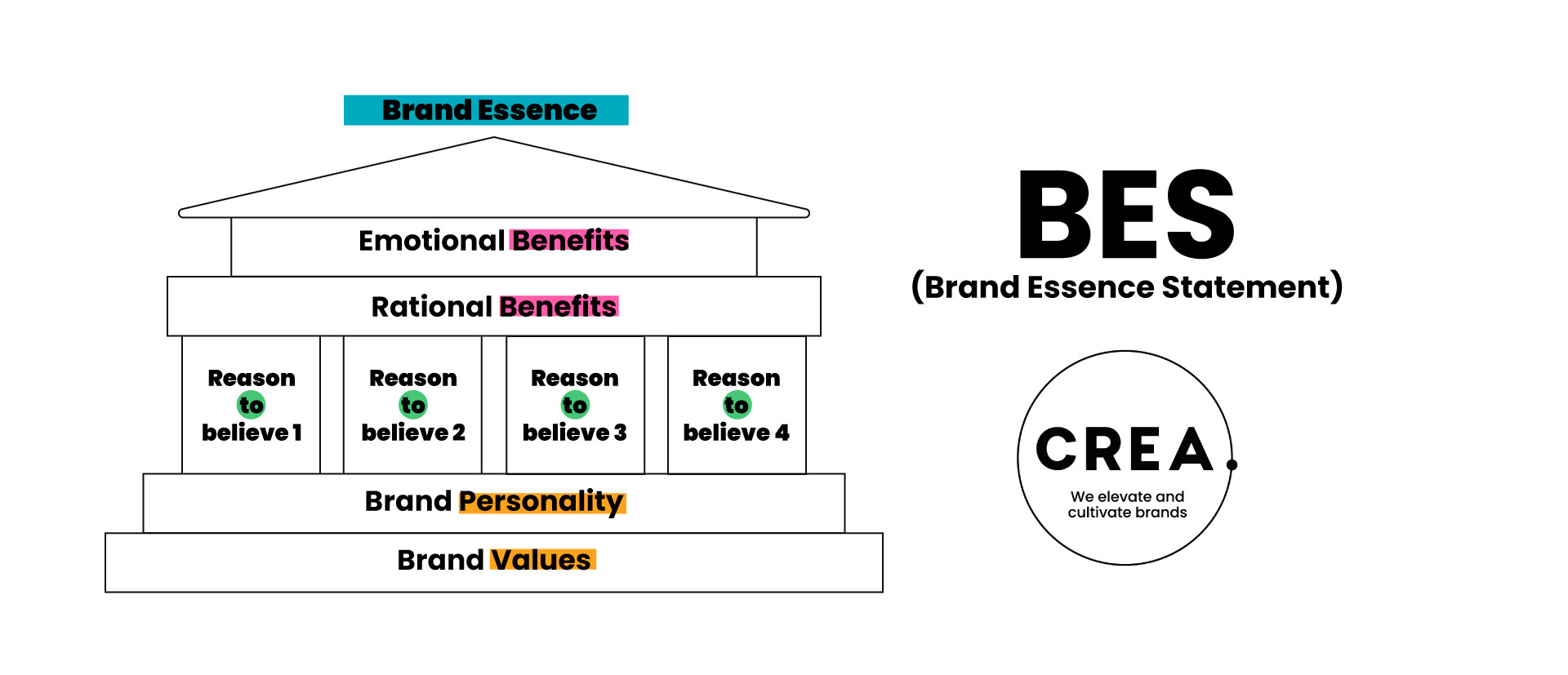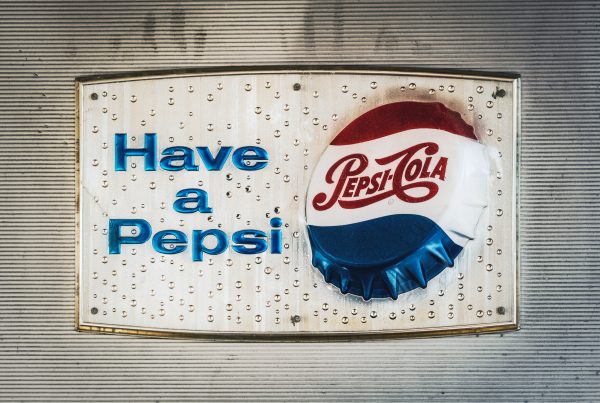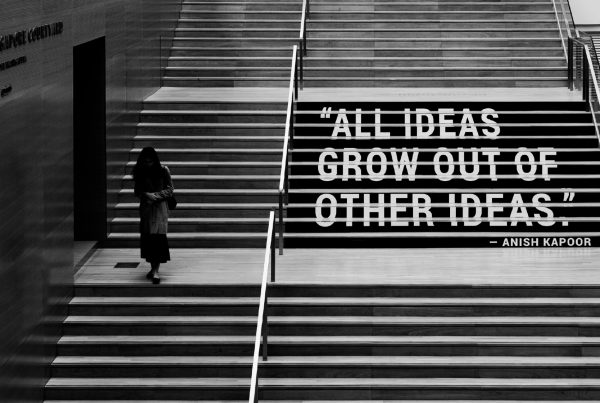Before reading, remember: a good brand strategy can change the destiny of your entire business.
The definition of brand strategy in simple words:
In simple words, is a paper-based blueprint of where you want your brand to play. And according to Kimberly A. Whitley: “It defines the cognitive space that the brand hopes to achieve among consumers. But it must be activated o implemented effectively to do so”.
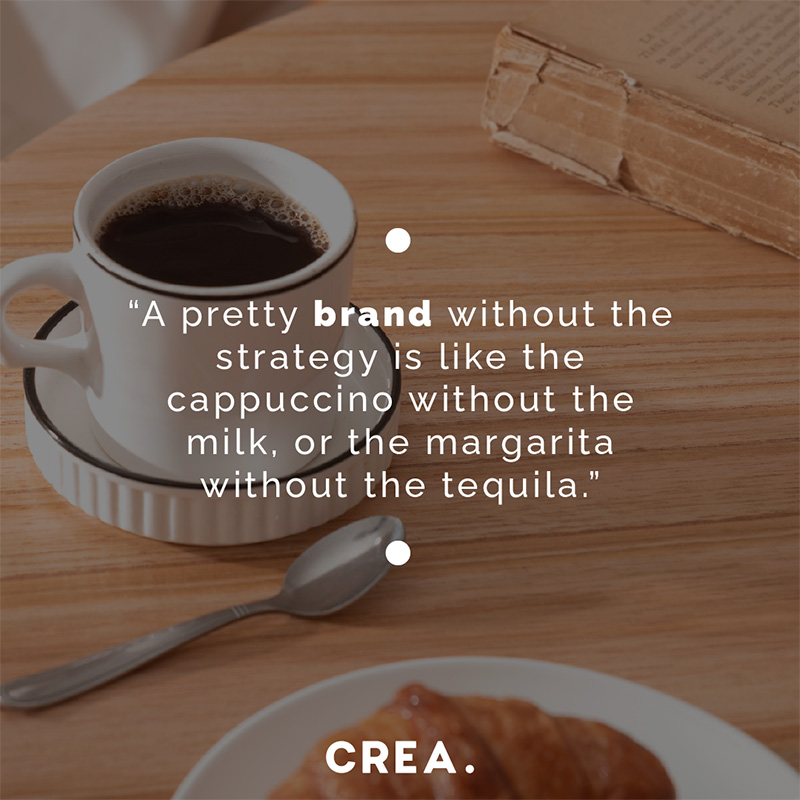
Brand strategy within the branding process:
Today I want to break all the beliefs you have about building a brand. If you are a graphic designer, have your own business, work in the marketing area of a company, or even if you own your own, I got you. I hear a lot of people state that they are branding their business, and they usually refer to designing a logo and choosing a color palette and font type. Let me tell you, dear friend, that is a very small part of branding. I am going to name 6 steps that are important when building a brand. Please don’t make shortcuts, on most occasions, you will end up in step one and redoing a whole process when you do so.
I will focus on the two first steps that many ignore. I don’t know if it’s because companies feel they don’t need it or feel it doesn’t add any value at all. But let me tell you, no big brand has reached that far without a solid BRAND STRATEGY.
Steps for Branding
- Brand Strategy (Positioning Concept & Brand Essence Statement) 🚀
- The Graphic Design (Logo, Brand Book) See examples here
- Where to communicate (Communication Strategy)
- How to make people know you (Awareness)
- Build your reputation (CREATE a Brand)
Know what you are resolving (Positioning Concept)
1. Define the Problem: We must always remember that when we sell, we are solving a need for a person or, on some occasions, a group of people. When we provide a solution, it means that there is a problem behind it. This will be the first step. Define in a short and clear way, that even a 10-year-old child understands, of what problem you are solving.
Tip: Write three problem statements that you feel you are solving and create a survey to see which one your consumers resonate with the most. You can do focus groups, observe, or analyze data.
2. Define the solution or as we say in marketing, support statements (PROOF): how are you solving the problem for your client? For example, the problem is that there is no natural cream cheese on the market that would be soft and spreadable. Your statement may be: “The only spreadable and natural vegan cream cheese in the market.” But why would I believe you? What are your support statements? Some might be 1) is made from cashews which makes it creamier 2) we don’t use preservatives, just lime, and wine vinegar.
Tip: always validate, the same customer validations you did for the problem, do it for the solution.
3. Write down your Positioning Concept Group in one paragraph what you just defined by describing the problem, the solution, and the proof or reasons to believe.
Define the attributes of the desired brand (Brand Essence Statement)
Once the desired position is mapped out, the next step is to begin developing a brand that can own this position, but only if implemented correctly. For this, I am going to describe a great tool I learned while studying branding called: BES (Brand Essence Statement).
First, let me remind you brands carry meaning, feelings, and emotions that are captured in the hearts and minds of consumers. These perceptions will affect what consumers are interested in purchase, how much will they pay, what to wear and where to wear it, and whether they want to recommend it. Brands make promises about what they can deliver to consumers, if marketing says something, but actions state otherwise consumer confusion will appear, and your brand will be judged against what you promised.
What exactly is a BES:
a document, that states in words and images, the essence, and quality that make a brand unique, captivating, and meaningful to a target. It defines the pieces and parts of the brand and provides a guide on what to implement.
BES Pyramid:
for a simpler and more fun way, use this pyramid to complete your BES
Filling your BES pyramid:
Brand values: the foundation, what does your brand stand for? If you have a personal brand, please see how to best find out your values HERE
Brand personality: if the brand was a person, how will this person’s personality be?
Reason to believe: What is the proof that the brand can deliver the benefit?
Rational and emotional benefits: What is the impact of the brand on the consumer, and why is it better than anybody else?
Brand Essence: What is the summary statement of what the brand can do for the target?
Papa John’s Example
(from the book Positioning for Advantage by Kimberly A. Whitler)
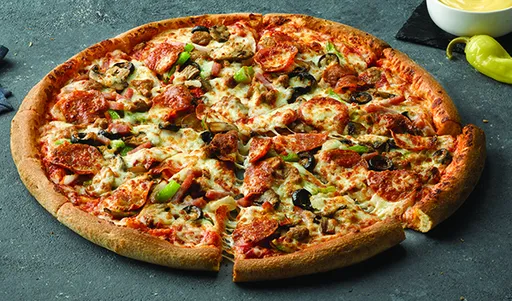
Brand values: A belief that being a good parent and friend is central to a life of impact and fulfillment
Brand personality: a friendly, warm, cooking expert who cares about where ingredients come from and how food is prepared.
Reason to believe: better, fresher, hand-cut ingredients
Rational benefits: better pizza
Emotional benefits: better caregiver
Brand Essence: For parents concerned about the quality of food their family eats, Papa Jhon’s creates better pizza so that you can be confident that you are providing the best food for your family.
To conclude, I trust you if you say you have sales and you do not need a brand strategy, but I am convinced that if you had it, you would sell even more. And beyond that, you would not confuse your clients about who you are, you will be able to position your brand as you wish, and you will achieve a consistent and winning reputation in the market. Do not leave aside the brand strategy, it is what will differentiate you from the competition. Don’t be like the rest my friend, be bold.
Let us help you
Create your brand strategy
